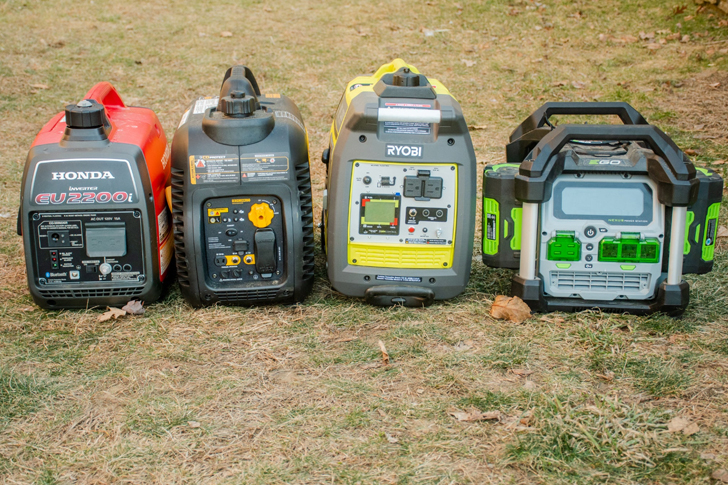How to Obtain an Emergency Generator from Power Companies
In a world where natural disasters such as storms, earthquakes, and floods are becoming increasingly frequent, preparedness is essential. One key aspect of preparedness is securing a reliable source of power. During and after a disaster, a continuous power supply can make all the difference. Many turn to emergency generators as a solution, but how does one go about obtaining these generators, especially from power companies? This guide provides a detailed overview of securing a generator from local power companies and what you should expect throughout the process.

The Importance of Emergency Generators
Emergency generators are critical during power outages. They provide electricity to run essential appliances like refrigerators, heaters, and medical equipment. According to the U.S. Department of Energy, approximately 70% of power outages in the U.S. are weather-related, making emergency generators a vital part of disaster preparedness plans. During Hurricane Sandy in 2012, for example, hospitals, communication centers, and residential buildings heavily relied on them after losing main power supply.
Step 1: Understanding the Types of Generators Available
Before approaching a power company, it’s crucial to understand the different types of generators available. Generators can be broadly classified into portable and standby generators. Portable generators are generally smaller and ideal for temporary situations, providing power for a few appliances. Standby generators, on the other hand, are installed permanently and can automatically provide power when the regular supply is interrupted.
Step 2: Assessing Your Power Needs
Determine your power needs before contact with a power company. Calculate the total wattage of critical appliances and devices you need to power during an outage. For instance, a refrigerator may need about 600 watts, while a furnace might require up to 1500 watts. Tools like the Generac’s wattage calculator can help simplify this assessment. Such preparation ensures that you choose a generator that matches your specific needs, avoiding underutilization or overloading.
Step 3: Research Local Power Companies
Identify power companies in your area that offer emergency generators for rent or sale. Some utility companies may offer generator programs specifically designed for disaster preparedness. These programs sometimes include installation support and maintenance services. Checking company reviews and customer testimonials can provide insights into their service effectiveness and reliability.
Step 4: Understanding Regulations and Permissions
Before installation, it’s essential to be aware of local regulations concerning generator use. Some regions require permits for installing standby generators. Additionally, there could be restrictions on fuel types (like diesel, gasoline, or propane) based on environmental policies. Compliance with local regulations prevents legal issues and ensures safe operation of the generator.
Step 5: Contacting Your Power Company
Once your needs are assessed and you’ve identified suitable power companies, contact them to discuss your requirements. Be prepared to provide details about the wattage requirements, type of generator preferred, and any other specific needs. Your power company may also offer a site visit to ensure the chosen generator fits well and adheres to safety norms.
Step 6: Installation and Maintenance
Installation is a critical step that should ideally be handled by professionals, especially for standby generators which require a permanent connection to your home’s power system. Post-installation, regular maintenance is crucial to ensure the generator’s reliability during emergencies. Common maintenance practices include oil changes, checking battery status, and ensuring clean fuel lines. Most power companies that sell or lease generators provide a maintenance service, and it is advisable to avail of these services to ensure optimal functionality.
Step 7: Financing Options
Emergency generators can be a significant investment. Exploring financing options provided by power companies or third-party financial services can alleviate the upfront cost burden. Many power companies offer payment plans, especially after natural disasters, to assist in making emergency preparedness more affordable.
Final Thoughts
Securing an emergency generator through your power company is a practical step towards ensuring continuous power during and after major disruptions. It not only keeps critical systems running but also adds an extra layer of safety for your family or your business during uncertain times. By understanding your needs, complying with local regulations, and selecting a reliable power company, you can effectively manage your emergency power needs with the right generator.
Remember, the effectiveness of an emergency generator heavily relies on proper installation and maintenance. Ensure that you keep up with necessary servicings to safeguard its functionality. With the right preparation and support from your power company, you can significantly mitigate the impact of power outages when disaster strikes.







Recent Comments